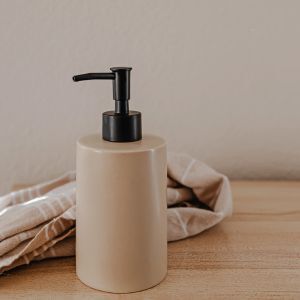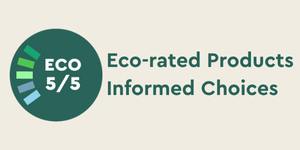Eco Soap Packaging: How Can You Spot Truly Sustainable Options?
With so many products claiming to be “green,” how can you tell if your eco soap packaging is genuinely sustainable? From biodegradable wrappers to refill stations, not all packaging solutions are created equal. In this blog, we break down what makes packaging eco-friendly and how to avoid greenwashing traps.
Why Packaging Matters in Sustainable Hand Washing
Even the most natural soap loses eco credibility if it comes wrapped in layers of plastic. Packaging plays a key role in:
-
Reducing landfill waste
-
Minimising carbon emissions during production and transport
-
Supporting recycling and circular systems
As a conscious Kiwi consumer or business, learning how to identify sustainable packaging is essential.
What to Look For in Truly Sustainable Packaging
1. Refillable and Reusable Systems
Packaging that can be refilled—such as dispensers and bulk eco soap containers—are one of the most sustainable options. It reduces single-use waste and supports long-term consumption habits.
2. Compostable or Biodegradable Materials
Some eco soaps use wrappers made from plant-based films or compostable paper. Check for certifications like AS 5810 or EN 13432, which indicate compostability.
3. Recycled and Recyclable Packaging
Post-consumer recycled (PCR) plastic bottles and cardboard boxes reduce demand for virgin materials. Look for clear recycling labels and avoid mixed-material packaging that’s harder to process.
4. Minimalist Design
Less is more. Truly eco packaging avoids unnecessary plastic seals, coatings, or extra layers that complicate disposal.
5. Local Sourcing
Packaging made in New Zealand or nearby reduces transport emissions and supports the local economy.
Red Flags: What to Avoid
-
Vague claims like “eco-friendly” or “green” with no certification
-
Multi-layered packaging that combines plastic and foil
-
Non-recyclable plastic pumps that aren’t reusable
-
Single-use sachets marketed as “zero waste” without proper disposal options
How Insinc Supports Sustainable Packaging
At Insinc, we prioritise suppliers who use bulk refill systems, recyclable containers, and minimal-impact designs. Many of our eco soap options come in large, cost-effective refill packs or dispensers suitable for commercial and home use.
We work with partners committed to low-waste practices, making it easier for New Zealanders to clean sustainably.
To make it easy for you to choose we have an Eco Rated logo on all products. Look out for the 5/5 Planet Friendly logo for the best eco options:

FAQs
Q: Is all paper packaging compostable?
A: No. Look for uncoated paper with compostable certification. Some papers are lined with plastic.
Q: Can I recycle soap refill pouches?
A: Some are recyclable through specific soft plastic programs. Always check the label or ask the supplier.
Q: What’s better: glass or recycled plastic?
A: Both have benefits. Recycled plastic is lighter (lower transport emissions), while glass is reusable and inert. The key is reuse and responsible disposal.
Conclusion
Sustainable soap packaging is about more than buzzwords. Look for refillable, recyclable, or compostable materials, and stay alert to misleading claims. Choosing the right packaging helps reduce waste, support local producers, and align with your values.
At Insinc, we make it easy to spot and choose products that walk the talk—because true sustainability starts with informed choices.
Posted: Monday 4 August 2025


